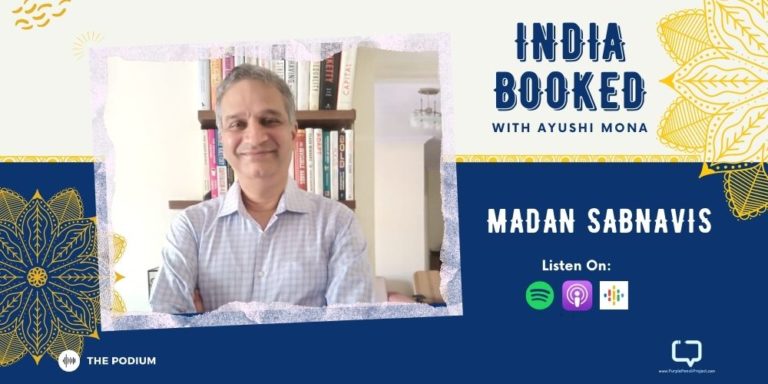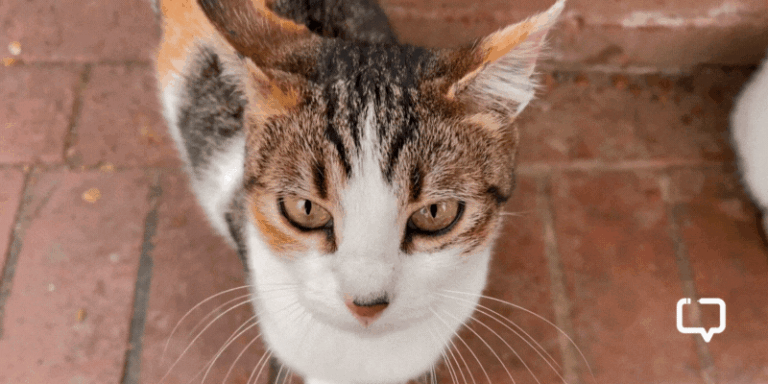Tamishra Swain reviews Droupadi Murmu’s biography Droupadi Murmu from Tribal Hinterland to Raisina Hill written by Kasturi Ray
The biography of the president of India, Droupadi Murmu from Tribal Hinterland to Raisina Hill is written by Kasturi Ray and published by Rupa in the year 2023. It has an inspiring foreword by Kiran Bedi, Indian Police Service (Rtd), and Former Lt Governor, Puducherry. Kiran Bedi said,
“In the seventy-fifth year of the country’s independence, when Murmu’s presidentship has raised the hopes of billions of citizens in the country, her life comes alive with the turn of every page in the book.”
This book starts with a prologue and consists of seven different chapters devoted to various phases of Droupadi Murmu’s life, struggle, and achievements. In a sense her journey from the periphery to the center.
We encourage you to buy books from a local bookstore. If that is not possible, please use the links on the page and support us. Thank you.
This biography maps the trajectory of the professional as well as spiritual growth of a woman who never focused on the obstacles of life but rather every ordeal she saw as an opportunity for growth. Growth and development not in a material sense but as a leader of a marginal community.
Her journey from the leader of a tribal community to the leader of a nation is worth appreciating.
President of India, Droupadi Murmu is an inspiration to every individual woman who finds herself in the margin. She is a ray of hope for everyone who can dream of achieving something in their lives no matter what caste, community, or gender they belong to.
Droupadi Murmu proves power and politics are not a privilege for a few powerful people.
The book begins with the introduction of Droupadi Murmu’s birth in the Santal community in a very small place in Uparabeda to her journey to the oath-taking ceremony as a President in Delhi.
One of the remarkable features of this book is the description of the unique identity of Santal tribes by discussing their culture, belief system, festivals, drum beatings, dance, and celebrations.
The major characteristic of Santal tribes is their association with nature. As rightly pointed out by the writer Kasturi Ray, “All they are concerned about is their identity and their belongingness to jal, jungle aur jameen.”
The tribal ideology is also reflected in the character of Droupadi Murmu to be contended with whatever she has at every point of her life. She did her college with 2 frocks without any regrets, similarly, she faced all the trials and tribulations of life without any grudges.
The events and dialogues that are discussed in the book are taken from authentic sources, hence, it is a well-researched book that gives very minute reliable details to the readers.

Contribution to her community
She battled a lot for the recognition of Santali script in getting the language included in the eighth schedule of the constitution in 2003 when the Atal Bihari Vajpayee government was in power at the centre. In her mentorship, Pandit Raghunath Murmu became the first scholar to invent a script for Santali called ‘OI Chiki’ in 1925.
Droupadi Murmu’s struggle
After completing her higher education, she got a job and wanted to continue. However, like any other ordinary woman she had to manage both her household work as well as office. In this process, she lost her eldest child and then decided to quit the job. Later she took up a teaching job and managed her three kids well.
Her eldest daughter died when she was barely three years old. Later, Murmu lost both her sons and her husband. It seemed that she would never come back to her political life after the blow.
However, these losses turned her towards spirituality. Instead of complaining she accepts these losses as destiny and devotes herself to spirituality.
Later she got to know about her selection as the governor of Jharkhand. She was recognized for her work in Jharkhand, especially for her contribution towards the betterment of education.
Though she got the highest position of President of India she never forgot her old friends and there are many incidences shared by her friends where they talk about her humanity and down-to-earth personality.
This book is worth reading for everyone as it inspires them that anyone can achieve anything if they aspire and work hard for it. The language of the book is very simple so that a layman can understand and the details are borrowed from the interviews of near and dear ones of Droupadi Murmu along with various other interviews of Droupadi Murmu on various occasions.
Favourite Quotes
“At a time when India was celebrating seventy-five years of Independence, a voice from a remote tribal village in Odisha resonated across the central hall and corridors of Parliament – the temple of the largest democracy in the World.”
Many Santals are adept at these skills and paint their mud walls with many motifs- fish, and trees being the common ones. However, geometrical shapes are the recurrent themes in most dwelling units, only some of which are concrete.
She was happy with whatever she had, reflecting the temperament of her tribe which was evolved enough not to regret or complain.
It was on 1 August 2014 that she lost her husband Shyam Charan. Between 2009 and 2014 Murmu also lost her mother and one of her brothers. It was hard to imagine that Murmu would ever bounce back from her losses, though every effort was made by the party functionaries to keep her spirited with some event or the other.
Have you read this captivating journey of the President of India? What do you think of it? Drop a comment below and let us know!






















